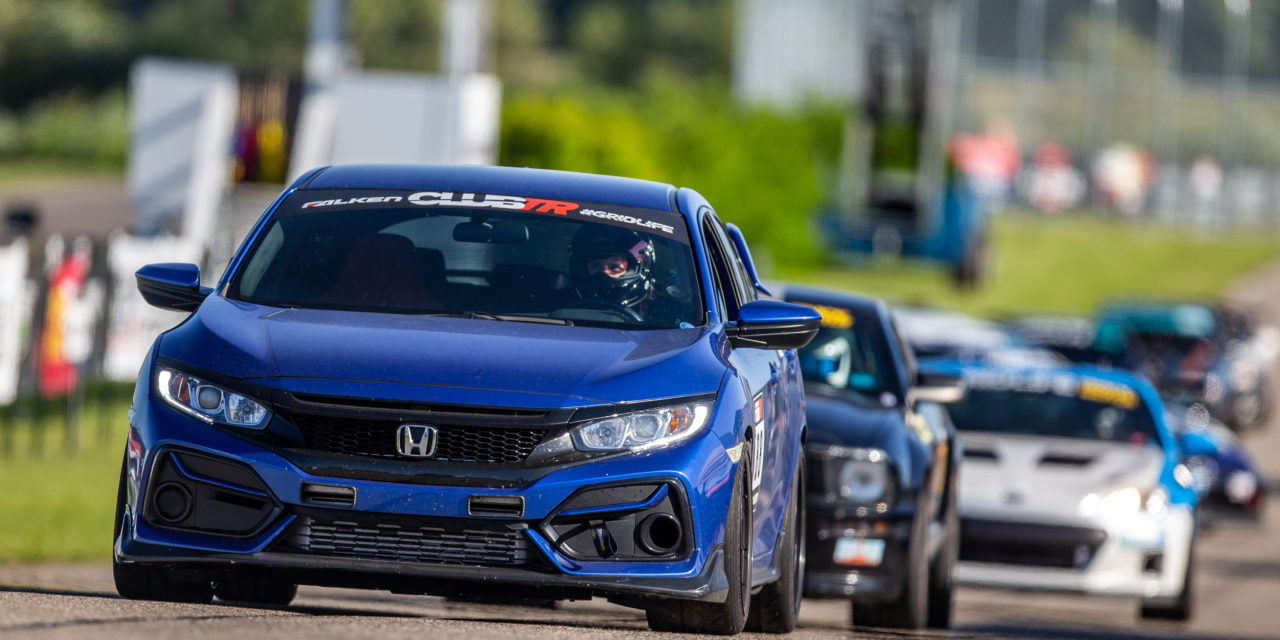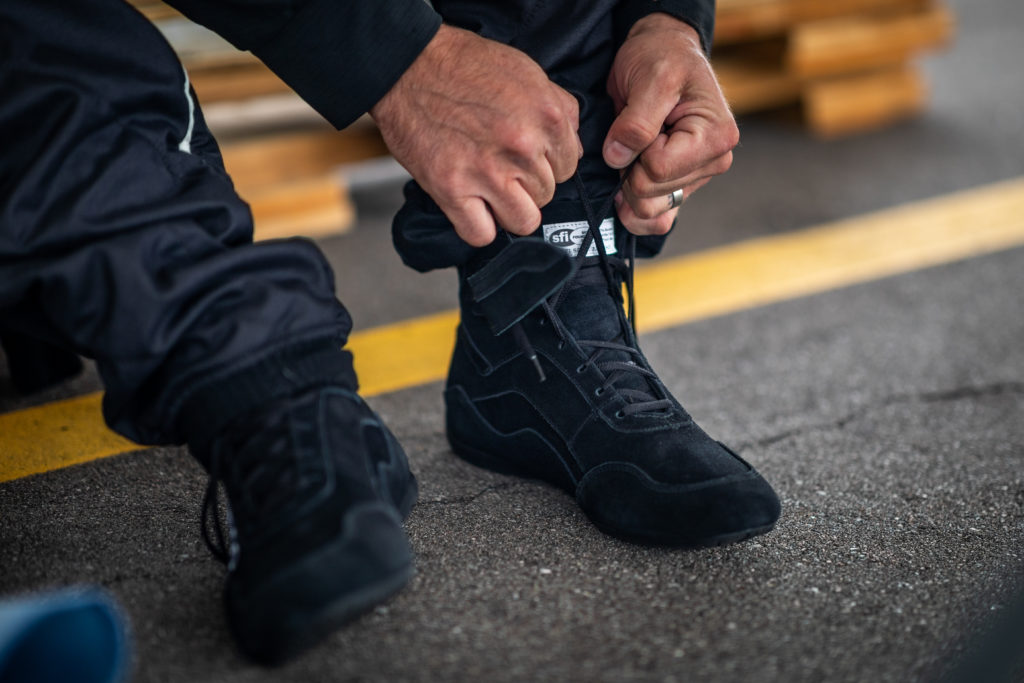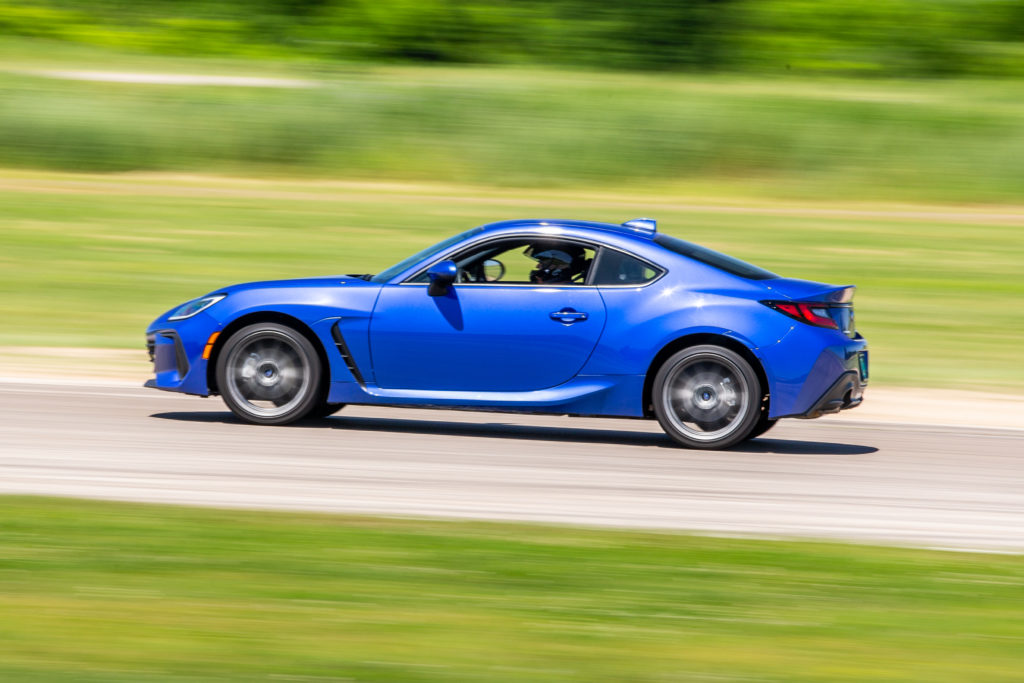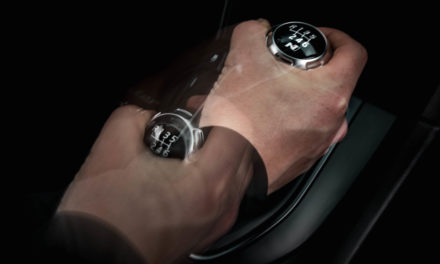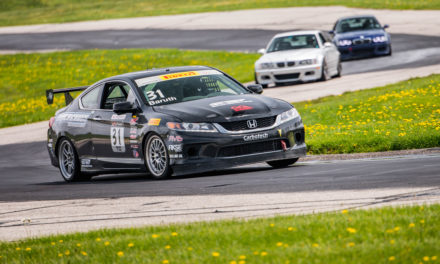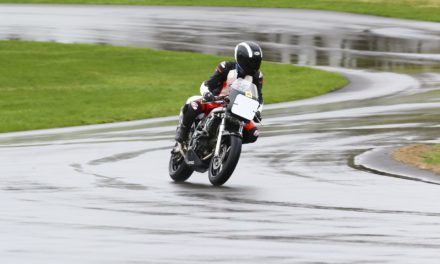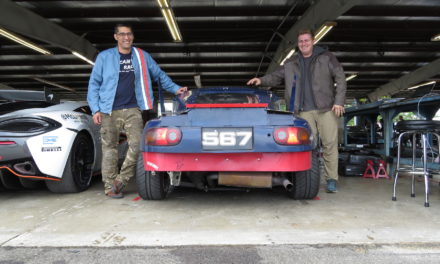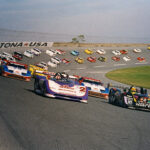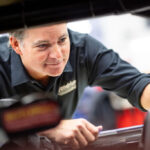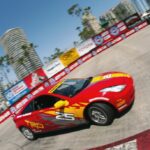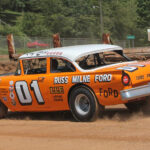Tom Long is an accomplished sports car driver, coach, and development driver. With more than 150 professional starts, Tom has accrued over 20 wins and 40 podium finishes in IMSA/GrandAm competition. This season, you can find him racing in the IMSA Michelin Pilot Challenge Series GS GT4 class and the IMSA Lamborghini Super Trofeo Series. -ed
As a professional racer and driving coach, I attend numerous professional and club level events throughout the year. There are a variety of on-track events are available to drivers—and race teams. While it may be obviosu to some, it’s worth noting that there are some unique differences between each style of event. Less obvious: selecting the correct event for you can directly impact your success on track and how much fun you have at the event.
Recently, I’ve noticed there have been a growing variety of track events. Seemingly everyone wants to have their own event and the choices can be overwhelming. Fear not. Part of preparing my clients for on-track success is helping them choose which style of track event is the best match for their goals. Let’s talk about two of the most popular.
High-Performance Driving Education
The standard high-performance driving education (HPDE) meet is a popular choice among beginners. In the past 25 years, I’ve seen a swell in the number of these events. It makes sense; being able to enjoy your streetcar on the tracks is a cost-effective way to get seat time (and some HPDE events are even held at rather iconic raceways). In fact, that’s how I got my start. My dad and I would take his E36 M3 to Virginia International Raceway so we could participate in HPDE events together. Imagine, speeding over the same bit of pavement that prototype and GT cars race on throughout the year.

There are some terrific groups that organize this style of event, including Hooked on Driving, Chin Trackdays, and TrackDaze. Check with your local track-oriented car clubs, too, as they may organize HPDE meets. The format enables drivers from all experience levels to get track time, with groups sorted according to experience—everyone from drivers who have never been on track before to experienced racers. It can be a lot of fun to share the track with fellow driving enthusiasts, especially when your track group is comprised of drivers at a similar skill level.

Open Track Days
A newer style of track event has evolved from the HPDE format, called open track days (OTD). These dates are geared more toward advanced drivers and race teams, who can use the event as testing for upcoming race events or for developing and refining car setup. There are now a few groups that provide an open-track format, meaning the track is open all day to all participants. There are no separate groups for different skill levels. To accommodate this format, there is a smaller car count.
This format is very effective for race teams with fast cars who don’t want to be running in slower traffic. It also allows teams to set their own timeline as far as making setup changes, making comparisons, and doing other off-track work. Unlike a typically more rigid HPDE event, open track days allow teams to set their own schedule for the day.
Open-track events are also great for a team that hasn’t visited a circuit on their race schedule, giving the drivers plenty of time to learn the track and giving the team a chance to work on setup. That way, when the team arrives at the track for their race, both the drivers and cars are up to speed and ready to go. These open-track events have been a critical performance gain for drivers I’ve worked with.
For me, as a coach, it’s a ton of fun working with drivers and teams in both styles of track events. Ultimately, choosing the right track event format comes down to the driver’s goals. Both work on technically developing a driver, but the open format is great for drivers and teams with a racing focus. The HPDE format, on the other hand, is great for a driver who is trying to break through a personal plateau with their street or track car. Active participation in either—or both(!)—will provide many opportunities to learn and improve your craft on the track.


